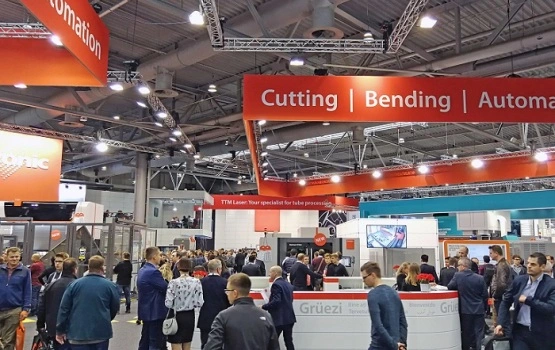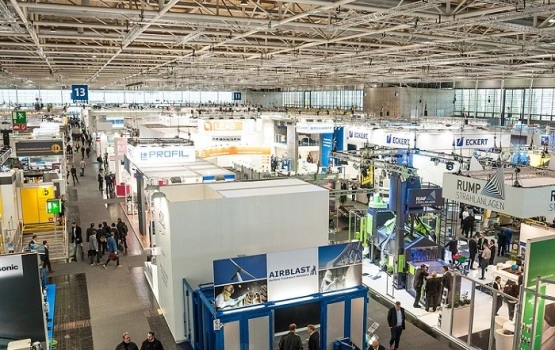Tel: +86-17791247851
E-mail: jocelyn.Tang@bycti.cn
Tel: +86-17791247851
E-mail: jocelyn.Tang@bycti.cn
BYC Ti titanium plates are lightweight, high-strength, and highly corrosion-resistant. Our titanium metal plates are widely used in marine engineering, aerospace, and medical device industries.
| Titanium plate grades | Spec (Thickness) (mm) |
| GR1 | 1、1.5、2、3、8 |
| GR2 | 0.5、0.8、1.2、1.5、1.58、2、3、3.5、4、5、6、8、10、12、13、14、15、16、18、20、21、22、25、28、30、35、40、45、50、55、60 |
| GR3 | 1.2、1.5、2.03、3.18、5、6 |
| GR4 | 1.6×1225×2060、1.6×1225×3050 |
| GR7 | 2、4 |
| BT20 | 15、22、28、29、30 |
| GR5 | 0.8、1、1.2、1.2、1.5、2、3、4、5、6、7、8、10、12、14、15、16、18、20、22、25、28、30、35、40、45、55、60、65、80 |
Appearance Inspection: Visually inspect the surface of the titanium plate to ensure there are no defects such as scratches, cracks, or dents.
Dimension Measurement: Use measuring tools like calipers and micrometers to check whether the length, width, thickness, etc. conform to the standards.
Hardness Test: Employ Rockwell or Vickers hardness testers to detect if the hardness of titanium metal plate meets the requirements.
Chemical Composition Analysis: Analyze the chemical composition of the titanium plate with a spectrometer to ensure the content is accurate.
Stainless steel plates and titanium plates are both renowned for their strength, corrosion resistance, and durability, yet they cater to distinct industrial applications. Stainless steel, primarily composed of iron, chromium, and nickel (e.g., grades 304 or 316), offers excellent corrosion resistance in mild environments and high tensile strength (520–1,300 MPa), making it ideal for construction, industrial equipment, and consumer products. However, its weight and limited resistance to severe corrosion in harsh environments can be drawbacks.
In contrast, titanium (e.g., Grade 2 or Grade 5) is significantly lighter, boasts superior strength-to-weight ratios (880–1,200 MPa), and exhibits exceptional resistance to extreme corrosion (e.g., seawater, acids), making it particularly suited for aerospace, marine, and medical applications.
Titanium and aluminum plates are both lightweight, high-performance metals, but their distinct properties make them suitable for different applications. Titanium offers an exceptional strength-to-weight ratio (187 kN·m/kg), outstanding corrosion resistance, and high-temperature stability, making it ideal for aerospace, medical implants, and chemical processing. Aluminum, on the other hand, excels in thermal conductivity (205–235 W/m·K) and is easy to fabricate, making it the preferred choice for construction, automotive, and electronics industries.
The selection between the two depends on balancing factors such as strength, environmental resistance, and cost to meet specific requirements.


